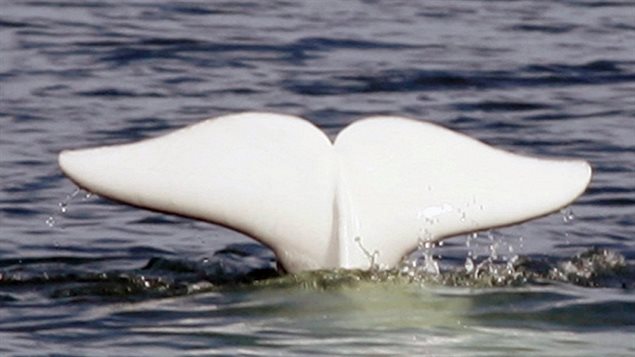Canada has a law to protect species in difficulty but government delays mean it is not being implemented, say some scientists.
The Species at Risk Act was enacted in 2002 and is supposed to be implemented in two stages. First, a government-appointed panel of experts known as the Committee on the Status of Endangered Wildlife in Canada (COSEWIC) assesses plant and animal species and, once a year, sends to the environment minister a list of those it thinks should be listed as endangered, threatened or at risk.
Environment minister has not acted
The environment minister is supposed to submit the recommendations to cabinet which then has nine months to decide if a species should be listed or not. If no decision is made, the species is automatically listed. The problem is the environment minister is not passing on the recommendations.
“This has been happening now for three years and none of the species that have been assessed as at risk of extinction has gone forward,” says Sarah Otto, director of the Biodiversity Research Centre at the University of British Columbia. Otto says she does not know why.
Listen“I’ve tried to hold a meeting with the minister and I’ve asked for information about the status of species at risk in Canada and we’re not getting detailed answers. I fear that this is a stalling tactic,” says Otto.
Another biology professor, Jeremy Kerr of the University of Ottawa, was more categorical in speaking to the Globe and Mail newspaper. “This is not about taking extra time to contemplate the status of species. This is a comprehensive across-the-board failure to permit a clearly defined process to proceed,” he told the Globe.

Government says it needs the time
A spokeswoman for the minister however, messaged the Globe that the time period was being used “to determine the extent of public consultation and socio-economic analysis necessary to inform the listing decision.”
Once listed, some species still deteriorating
A recent study found that of the species that are listed, nearly one-third have deteriorated. “This makes me incredibly sad,” says Otto. “One of the main reasons is that we’re not identifying the habitat that needs to be protected in order to keep these species alive and well in Canada…
‘The public is willing to invest more than the government’
“I don’t know that that is a priority of our government, to protect our natural heritage. I think that this is a mismatch, that the public is willing to invest in this issue, more than the government is currently investing.”








For reasons beyond our control, and for an undetermined period of time, our comment section is now closed. However, our social networks remain open to your contributions.